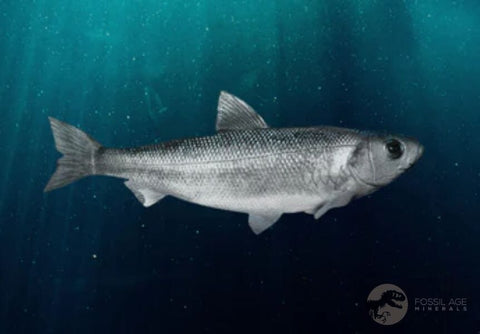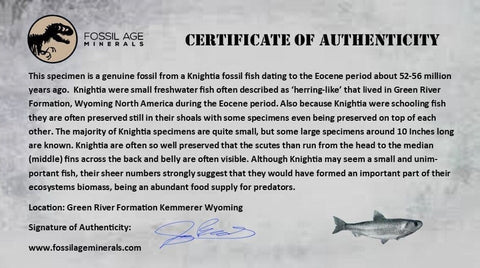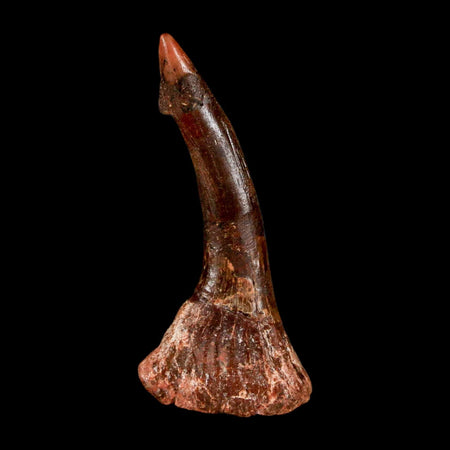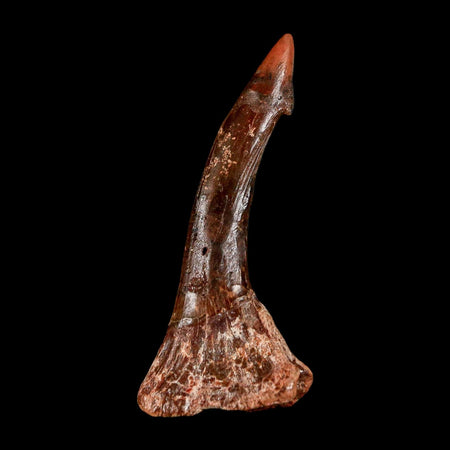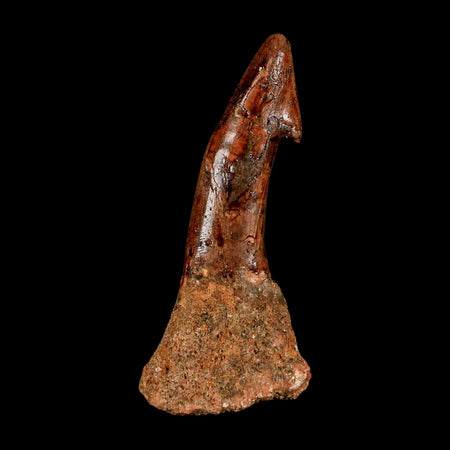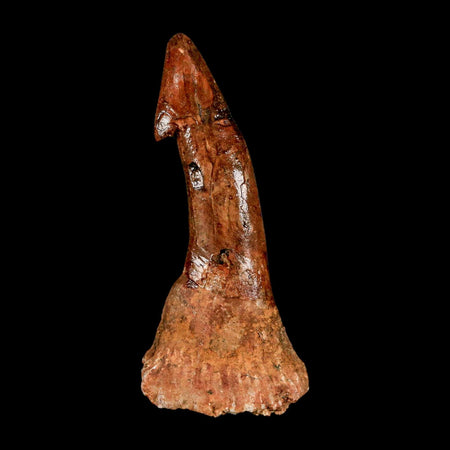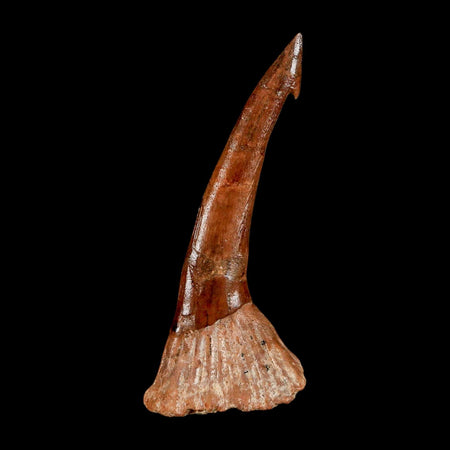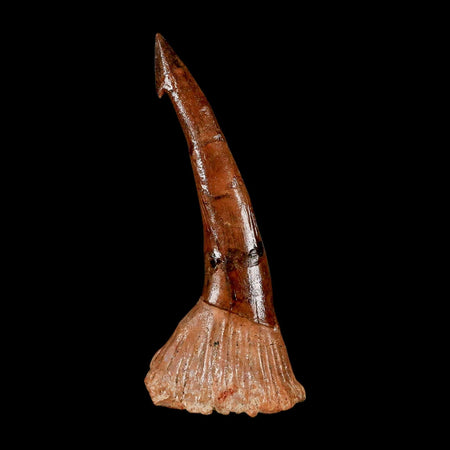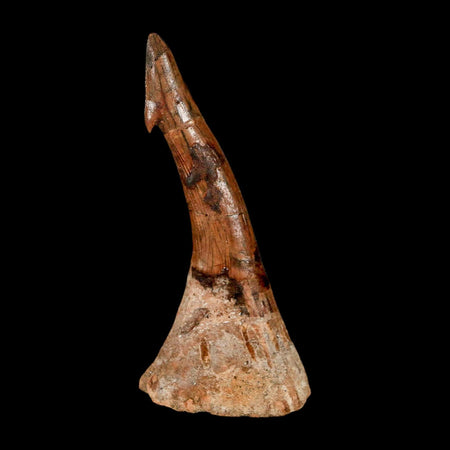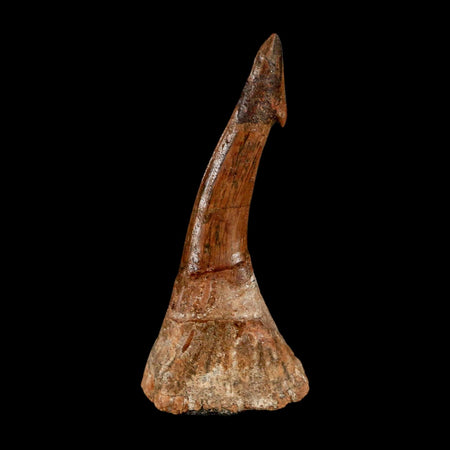3.8" Knightia Eocaena Fossil Fish Green River FM Wyoming Eocene Age COA & Stand
Location: Kemmerer, Wyoming
Weight: 11.4 Ounces
Dimensions: 5.7 Inches Long, 3 Inches Wide, 0.6 Inches Thick (Plate)
Fish Dimensions: 3.8 Inches Long, 1.3 Inches Wide
Comes with a Certificate of Authenticity.
Comes with a Free Stand.
The item pictured is the one you will receive.
This is a genuine fossil.
50 million years old, Eocene age
Knightia Eocaena is the most common fish in Fossil Lake and may be the most commonly articulated vertebrate fossil in the world. It is Wyoming's State Fossil. Length: up to 25 cm (10 in).
Fifty million years ago, ancient Fossil Lake existed in what is now southwest Wyoming. Of its estimated maximum extent of 930 square miles, approximately 500 square miles of sediment remains. The 230 square miles across the center of the ancient lake-bed contain exceptionally fossiliferous sediments and associated geologic features, including deltas, beaches, springs, and rocks from the center and nearshore environments.
The unique chemistry of Fossil Lake created ideal conditions for fossil preservation. Its waters prevented decay and scavenging of organisms, while millimeter-thick layers of limestone slowly accumulated over millions of years. The result is finely laminated limestone deposits containing the highest concentration of fossil fish in the world. Alongside these fish, a wide variety of aquatic organisms and geologic features make Fossil Lake the most complete Paleogene record of a freshwater lake ecosystem.
Since their first discovery in the 1870s, countless perfectly preserved fossil fish have been recovered from the Green River Formation. But Fossil Lake’s significance goes far beyond fish. Encased within the limestone is a complete prehistoric aquatic ecosystem, including cyanobacteria, ancient plants, insects, crustaceans (such as shrimp, crawfish, and ostracods), as well as amphibians like frogs and primitive salamanders. Fossils of alligators, turtles, birds, and mammals — including the oldest known pantolestid, an otter-like animal — add to the diversity.
The surrounding subtropical terrestrial ecosystem is also represented by rare finds. Fossils include an early horse, snakes, lizards, bats (two species), birds, an apatemyid (a tree-dwelling insectivore), and a miacod (one of the earliest carnivores). Even more remarkably, scientists have identified over 325 species of fossilized leaves, seeds, and flowers, offering a detailed glimpse into ancient plant life.
Together, these discoveries make Fossil Lake one of the richest fossil sites in the world, providing an unmatched window into life during the Eocene Epoch.







